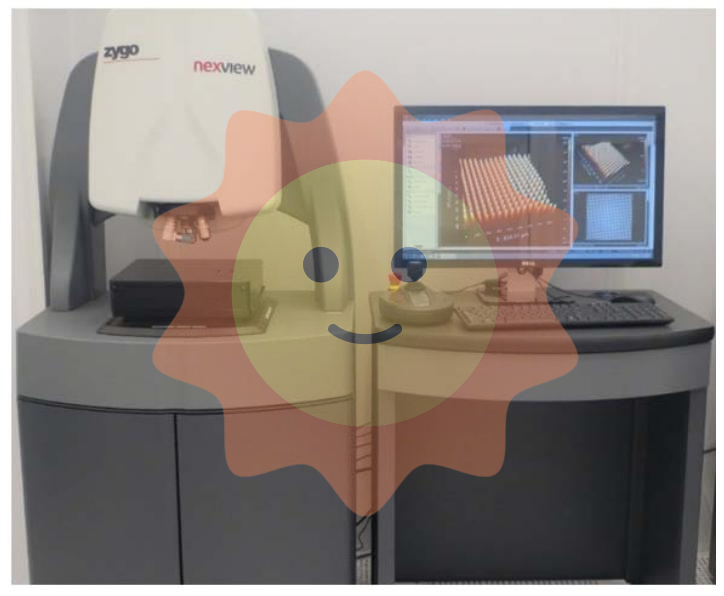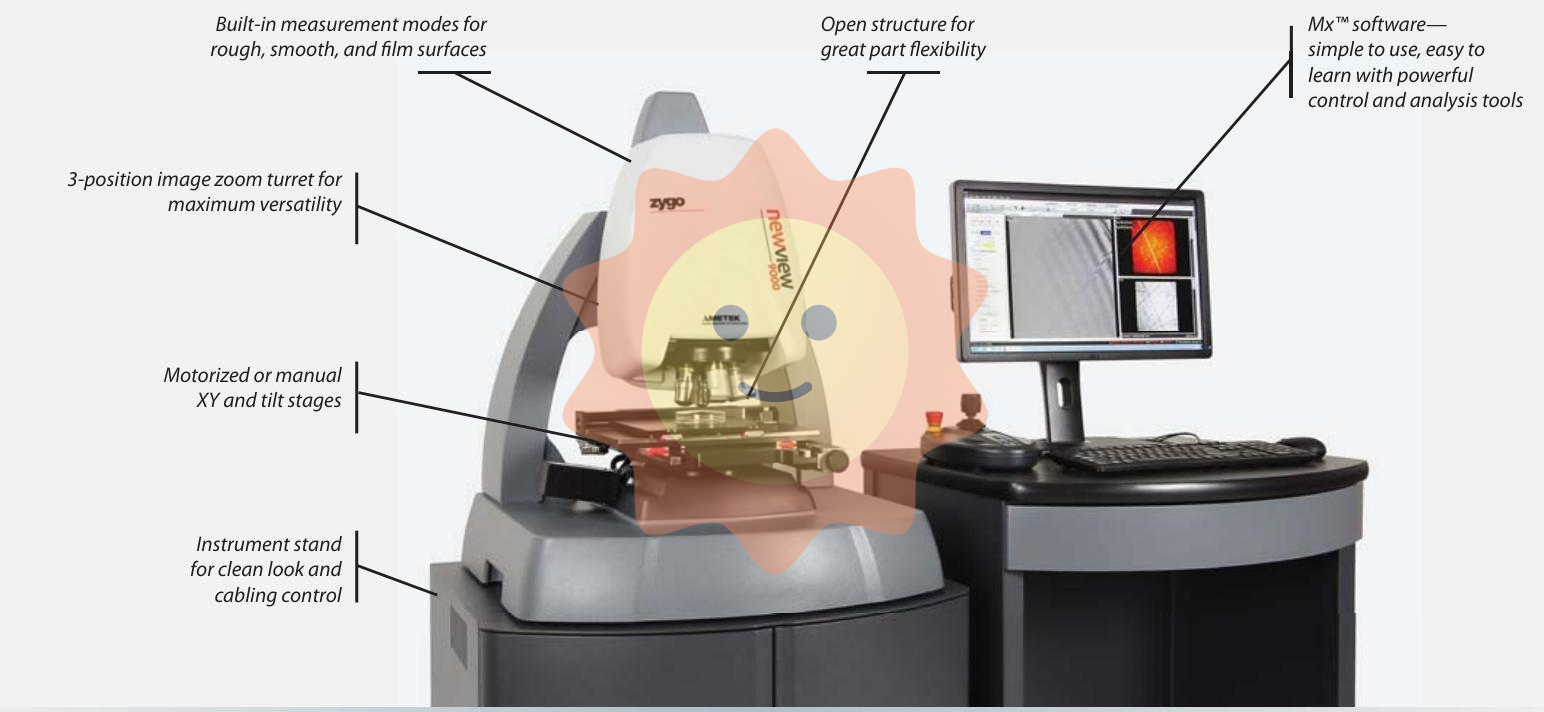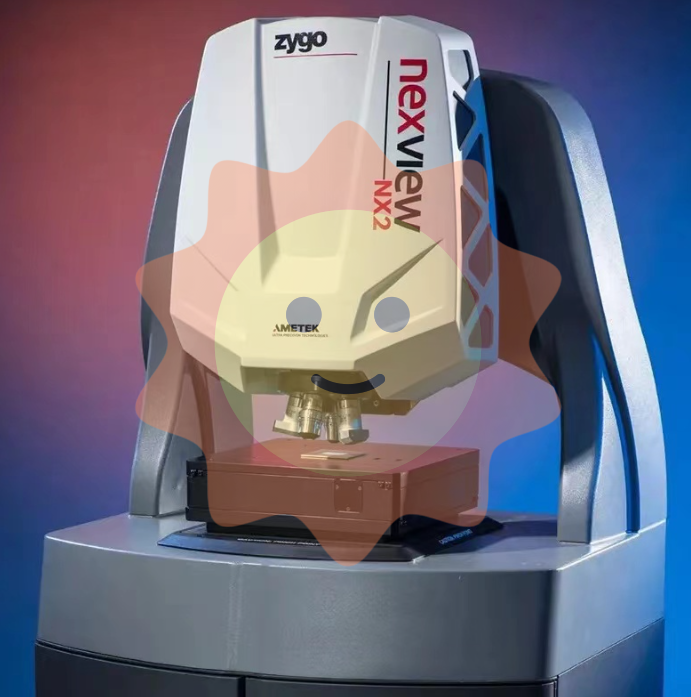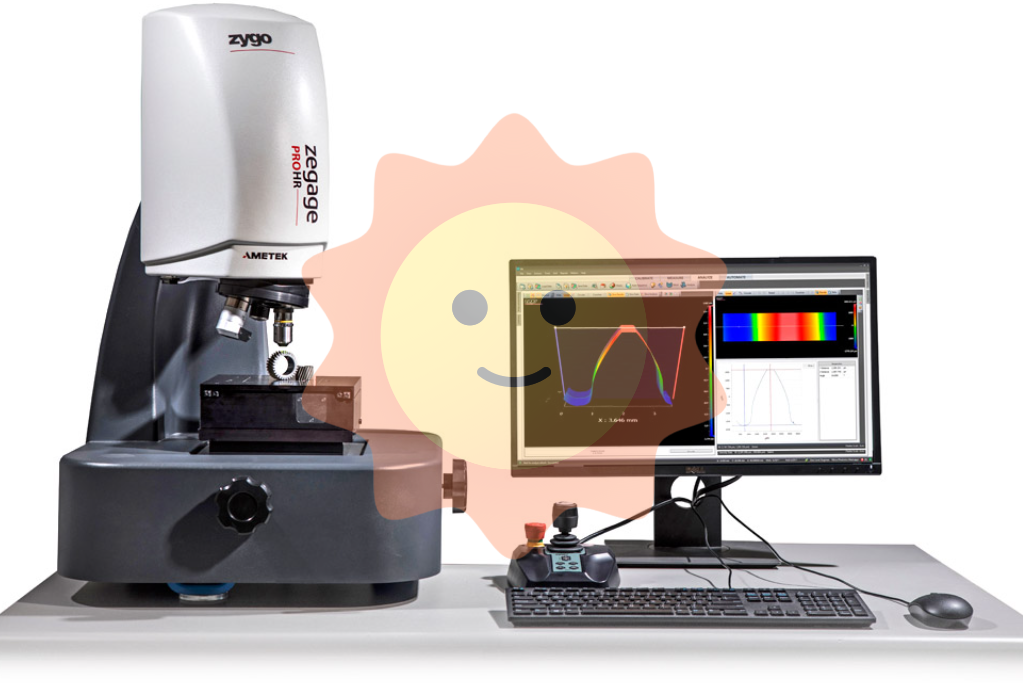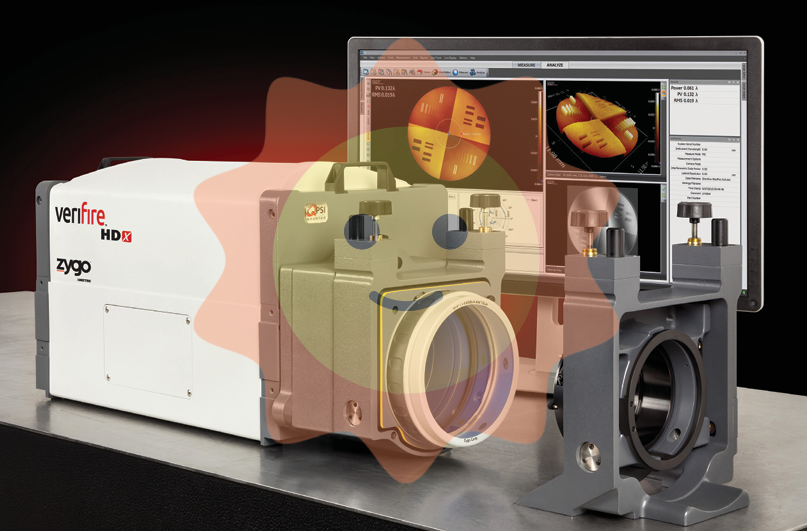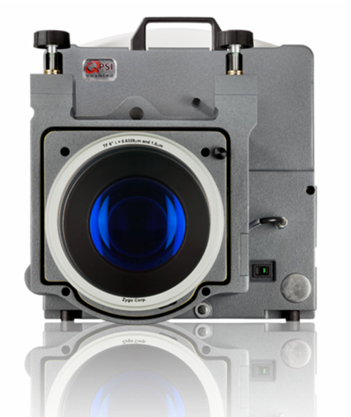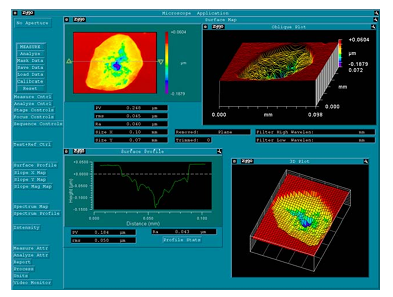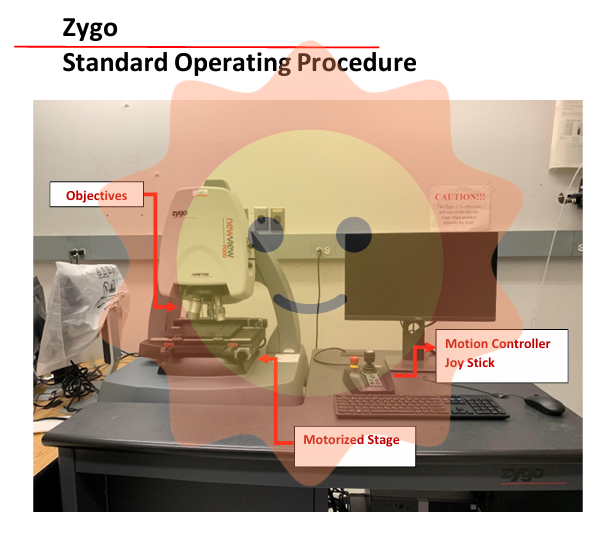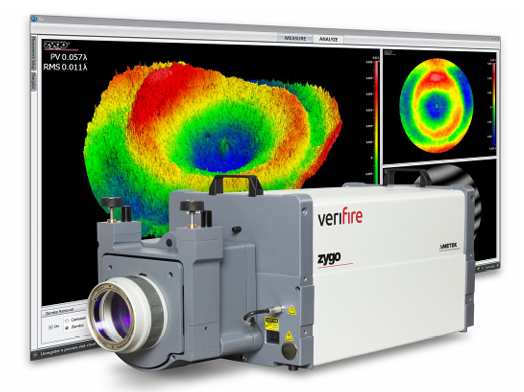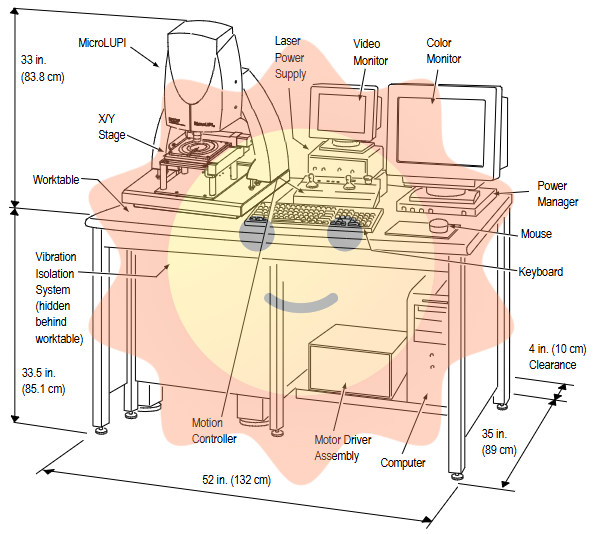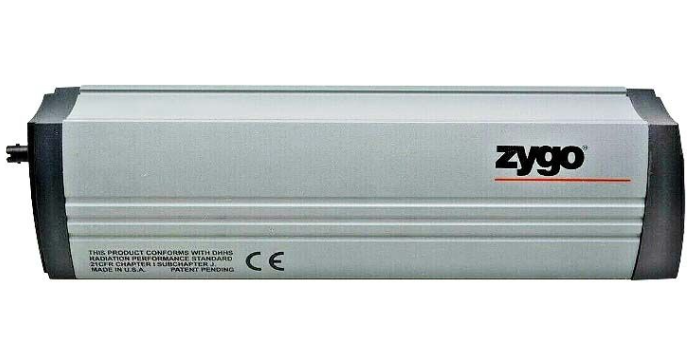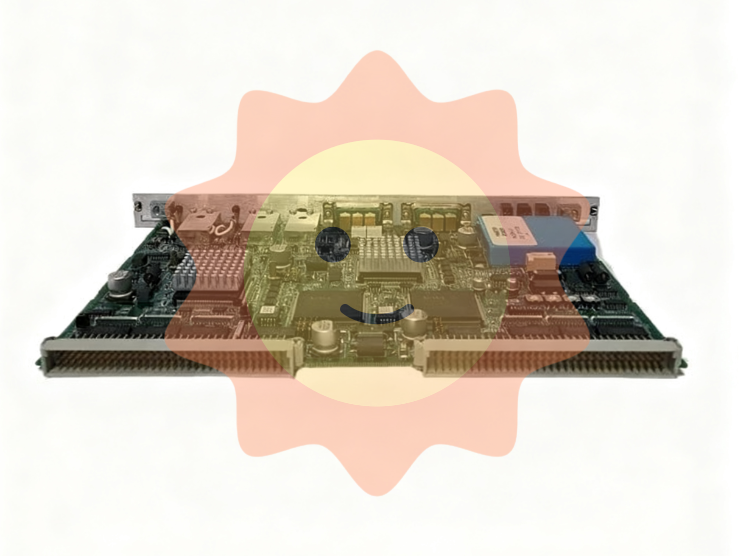ABB RC527 3BSE008154R1 is a high reliability redundant system control module that is compatible with ABB Advant OCS open control system and AC 800M series PLC. It is an industrial grade core redundant control component, originating from Switzerland. Its core function is to build a "1:1 hot standby redundancy architecture" as a backup control unit for the main controller, synchronizing the program, data, and operating status of the main controller in real time. When the main controller fails (such as hardware failure or communication interruption), it can seamlessly switch to the control subject within milliseconds, ensuring uninterrupted industrial production processes. It is an indispensable control component for key industries such as power and chemical industry that require high system continuity.
ABB RC527 3BSE008154R1 Redundant System Control Module
Core positioning and basic information
ABB RC527 3BSE008154R1 is a high reliability redundant system control module that is compatible with ABB Advant OCS open control system and AC 800M series PLC. It is an industrial grade core redundant control component, originating from Switzerland. Its core function is to build a "1:1 hot standby redundancy architecture" as a backup control unit for the main controller, synchronizing the program, data, and operating status of the main controller in real time. When the main controller fails (such as hardware failure or communication interruption), it can seamlessly switch to the control subject within milliseconds, ensuring uninterrupted industrial production processes. It is an indispensable control component for key industries such as power and chemical industry that require high system continuity.
Key technical specifications
Redundant architecture
1: 1. Hot standby redundancy (synchronous operation of primary and backup controllers)
Real time data exchange between primary and backup modules, with no switching gaps, to avoid production downtime caused by faults
Synchronization method
High speed backplane synchronization+Ethernet redundant synchronization
Dual synchronous channel design, backplane synchronization rate ≥ 100Mbps, Ethernet synchronization delay ≤ 1ms, ensuring complete consistency between primary and backup data
Switching time
≤ 50ms (from fault detection to backup module taking over control)
Ultra short switching time, far below the response threshold of key industrial production processes, negligible impact on equipment operation status
Adaptive controller
Compatible with AC 800M series PM860/PM866/PM869 core controllers
Seamless compatibility with mainstream ABB PLC controllers, without the need for additional adaptation modules, simplifying system integration
Communication interface
2 Gigabit redundant Ethernet interfaces (supporting PROFINET/Modbus TCP), 1 redundant backplane interface
Redundant communication link design to avoid interruption of primary and backup synchronization caused by a single communication failure, ensuring the stability of redundant systems
Working power supply
24VDC ± 15% (supports dual power redundant input)
Dual power supply independent power supply, single power supply failure does not affect module operation, further improving system power supply reliability
Working temperature range
-40 ℃ to+70 ℃
Strong adaptability to extreme environments, capable of stable operation in severe cold (such as outdoor substations) and high temperature (such as metallurgical workshops) scenarios
Fault detection function
Support automatic detection of hardware failures, communication link interruptions, program anomalies, and other faults in the main controller
Real time monitoring of the status of the main controller and redundant links, with a fault recognition accuracy of ≥ 99.9%, to avoid false switching or missed switching
Data storage
8GB redundant Flash storage (real-time dual write of primary and backup data)
The program and configuration data are synchronously stored in the primary and standby modules to prevent data loss caused by damage to the storage media of a single module
Protection level
IP20 (module body)
Suitable for installation inside industrial control cabinets, it needs to be matched with the cabinet to achieve dust and moisture protection, avoiding dust accumulation and affecting heat dissipation
Typical application areas
Power industry (thermal/nuclear power plant auxiliary systems)
In the boiler feedwater control system of thermal power plants and the coolant circulation system of nuclear power plants, redundant modules serve as the core controller, synchronizing the valve adjustment instructions and pump speed control parameters of the main controller in real time. When the main controller malfunctions due to electromagnetic interference or hardware aging, RC527 can instantly take over control to ensure stable boiler water level and coolant flow, avoiding unit shutdown or safety risks caused by control interruption.
Chemical industry (continuous reaction process)
In continuous reaction processes such as ethylene synthesis and methanol preparation in large chemical industrial parks, redundant system control modules synchronize with the main controller to monitor key parameters such as reactor temperature, pressure, and feed ratio. If the main controller fails, RC527 can seamlessly switch and continue to execute PID cascade control to prevent raw material waste or explosion risks caused by uncontrolled reaction conditions, ensuring 24/7 uninterrupted production.
Urban water supply/sewage treatment system
In the pump pressurization system of urban waterworks and the aeration tank control of sewage treatment plants, redundant modules ensure that control parameters such as pump speed and aeration equipment air volume are not interrupted when the main controller fails. To avoid water supply interruptions or substandard sewage treatment caused by control failures, and to ensure the stable operation of urban infrastructure.
Metallurgical industry (steel rolling production line)
In the thickness control system of the hot rolling mill in the steel plant, RC527 synchronizes the rolling pressure and roll speed commands of the main controller. When the main controller fails, millisecond level switching can ensure that the rolling mill continues to operate according to the set parameters, avoiding product scrap caused by excessive deviation of steel plate thickness and reducing production line downtime losses.
Key points of installation and operation and maintenance
(1) Installation specifications
It needs to be installed on adjacent guide rails in the same control cabinet as the main controller to ensure that redundant backplane interfaces can be directly connected (backplane cable length ≤ 1m), avoiding synchronization delays caused by excessively long cables; Reserve ≥ 5cm of heat dissipation space around the module to prevent high temperature from affecting redundant synchronization stability.
When wiring, it is necessary to distinguish between "redundant synchronous terminals", "communication terminals" and "power terminals". Redundant synchronous cables should use ABB original shielded twisted pair cables (impedance 100 Ω± 10%), with both ends of the shielding layer grounded (grounding resistance ≤ 1 Ω); The dual power input needs to be connected to different switching power supplies separately to ensure power independence.
The Ethernet redundant link with the main controller needs to be configured with different IP addresses (in the same network segment), and a redundant ring network should be established through a network switching mechanism to avoid communication interruption caused by a single switch failure.
(2) Debugging and Calibration
Before the initial debugging, it is necessary to configure redundant parameters (such as synchronization period and switching threshold) through ABB Control Builder M software, and perform "primary backup synchronization initialization" to confirm the data synchronization status of the primary and backup modules (the software displays "Sync OK").
Perform a "manual switching test": When the system is running normally, issue a "main/backup switching command" through the software to observe whether the backup module (RC527) takes over control within 50ms and whether the on-site equipment operating parameters (such as valve opening and motor speed) have no fluctuations.
Perform a "fault simulation test": disconnect the power supply of the main controller or plug and unplug the communication cable of the main controller, simulate the main controller fault, check whether RC527 automatically detects the fault and completes the switch, and trigger the fault alarm (such as indicator light flashing, upper computer pop-up window) at the same time.
(3) Maintenance strategy
Daily maintenance (weekly): Check the redundant system status (primary and backup synchronization status, communication link quality) through the upper computer monitoring software, and confirm that there are no alarms such as "synchronization abnormality" or "communication packet loss"; Check if the module power indicator light (PWR) and redundancy status indicator light (RED) are normal (PWR is always on and RED green light is always on when normal).
Regular maintenance (monthly): Backup the program and configuration data of the primary and backup modules, store them on encrypted USB drives and the cloud; Use a network analyzer to detect the packet loss rate (≤ 0.01%) and delay (≤ 1ms) of redundant Ethernet links to ensure communication link stability.
Annual maintenance: Conduct comprehensive performance testing on redundant modules, including switching time testing (using an oscilloscope to measure switching delay, with a requirement of ≤ 50ms), synchronous data consistency verification (comparing real-time parameters of the primary and backup modules, with a deviation of ≤ 0.1%); If the module has been running for more than 5 years, it is recommended to replace the built-in backup battery (if any) to prevent configuration data loss after power failure.
Fault handling: If a "synchronization failure" alarm occurs, first check whether the redundant synchronization cable is loose and whether the shielding grounding is good; If there is a "switching failure", it is necessary to check whether the firmware versions of the primary and backup modules are consistent (upgrade to the same stable version), and if necessary, contact ABB authorized service providers for hardware testing.
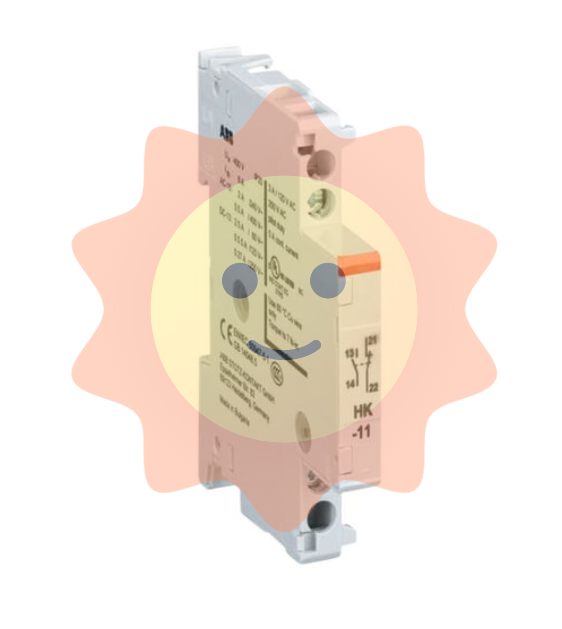
- User name Member Level Quantity Specification Purchase Date
- Satisfaction :
-









Email:wang@kongjiangauto.com

